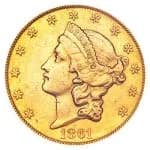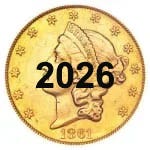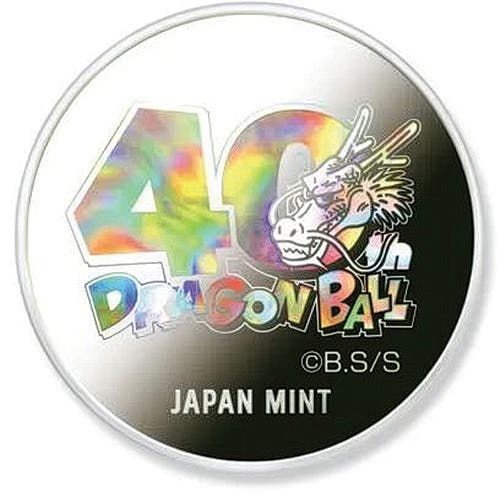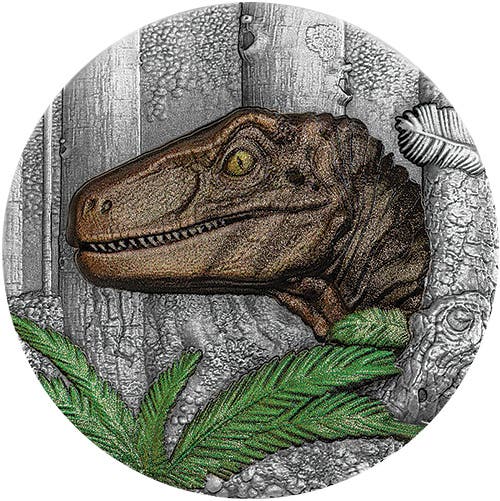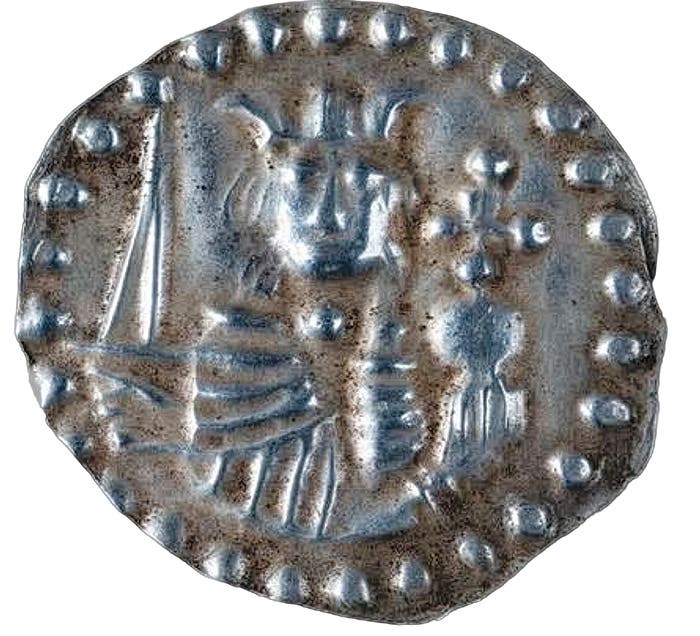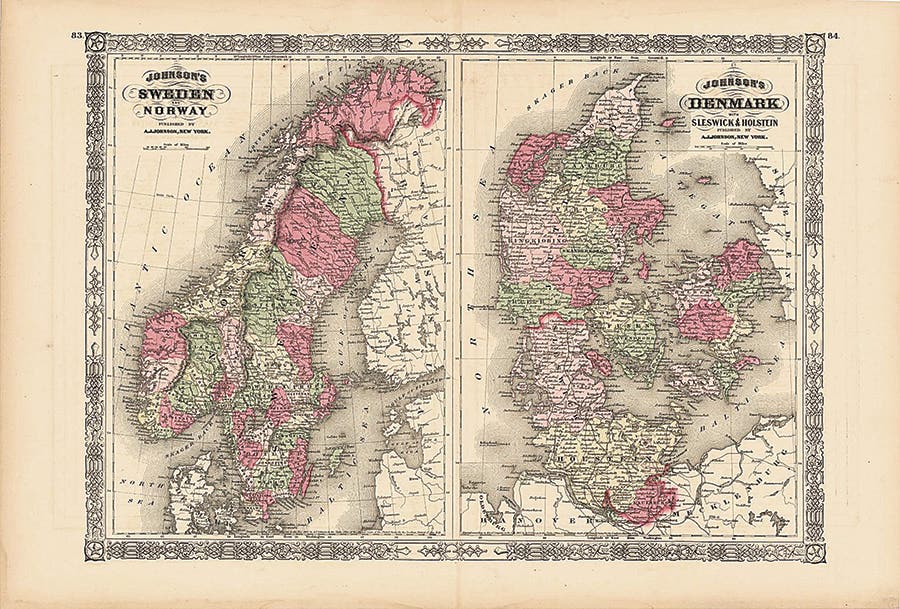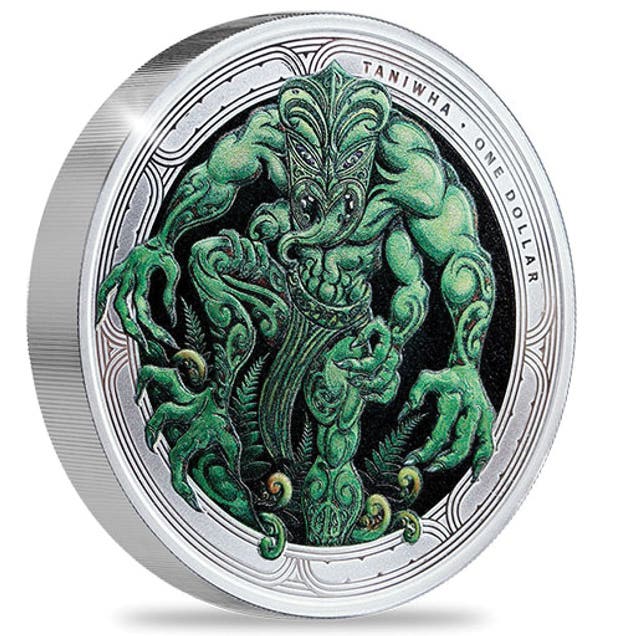Modern Techniques to Find Fakes
From glued-on “desert dirt” to lab-grade corrosion tests, experts are working to spot artificially patinated coins before they fool collectors.
How can you tell if the patina on a centuries-old coin is genuine? Can you tell if a coin is authentic or if it is a cleverly contrived fake? These aren’t new questions, but rather some of the ways artificial patina can be added to a genuine or counterfeit coin, and the methods used to detect such fakes are changing.
Not everyone who knowingly sells coins with an artificial patina tries to cover up that fact, but some of the ways such a coin is described without fibbing aren’t well known. Such descriptions as Hispania patina or desert patina are often carefully crafted attempts to cover up the fact that “earthen dirt” on a coin has been glued to it. Sometimes, exposing a coin to water or studying recesses under high magnification for remaining “original” dirt may identify fakery, but you need the equipment and the time.
Methods used to corrode or add patina to a coin artificially have unfortunately improved; sometimes, commercially available chemicals can do the dirty work. For example, JAX Chemical Company, based in Mount Vernon, New York, manufactures metal finishing and polishing solutions. The company calls itself “the home of green patina,” and states, “artisans and craftsmen rely on JAX for restorations, reproductions, and current work.” Unfortunately, artisans and craftsmen are not the only ones using JAX products. So do unscrupulous people selling older coins.
Modern science is being employed to detect fake patina applied to coins. In a December 2021 International Journal of Electrochemical Science (IJES) paper titled “Corrosion Behavior of Coins in Artificial Sweat Solution: A Review,” the authors used chemical and electrochemical techniques to examine artificial sweat on coins.
According to the paper, “The ions that released from coins in artificial sweat solution were analyzed. The surface morphology was investigated for the coins before and after immersion in artificial sweat solution by Scanning Electronic Microscopy and Energy Disbursive X-ray analysis. Moreover, the corrosion products on their surfaces after immersion in ASS were analyzed by X-ray disfraction.”
The researchers commented, “Coin materials and time of circulation affect their loss of the original appearance, color, and clear pits of their surfaces. This behavior (is) mainly caused by human sweat that gradually destroys the coins surface.”
The National Institute of Standards and Technology (NIST) is now advancing even further as it pursues a method to distinguish century-old coins from fakes. NIST reasons they are authenticating coins “because scientists rely on them to chronicle the economic, political, and scientific developments of nations.”
NIST researchers used 19th-century Korean rather than ancient coins for their study. Using both neutron tomography and neutron grating interferometry as complementary imaging techniques, the researchers were able to study microstructures, including pitting and pores, both being signs of corrosion.
Modern copies of these 19th-century Korean coins were also examined for comparison. It was concluded that corrosion had penetrated deep within “the body” of genuine coins, an indication of a gradual degradation of the surface of the coins. “Corrosion in the recently minted replica was mainly confined to the surface, consistent with rapid corrosion over a short time period.”
Although the study was intended to identify modern counterfeits of coins dating back to the 1800s, the same study technique could also easily identify an artificially applied patina on an ancient coin. According to NIST researchers, “As time goes on, however, compounds in the environment begin to penetrate the coins. These compounds, which includes corrosion byproducts such as copper carbonates, sulfates, and chlorides, pack together and fill the pores, diminishing their size. Indeed, the imaging revealed that the historic coin, which was exposed to its environment for a much longer period, had much smaller pores, only micrometers to nanometers in size, compared to the millimeter-sized pores in the replica.”
The techniques described in the IJES paper or employed by NIST researchers are not currently available to coin collectors, dealers, or third-party certification services. Not only could such techniques become a tool for detecting artificial patina or counterfeit coins, but they may someday, as NIST states, “could suggest areas of the coins that need a protective coating.”
You may also like:

